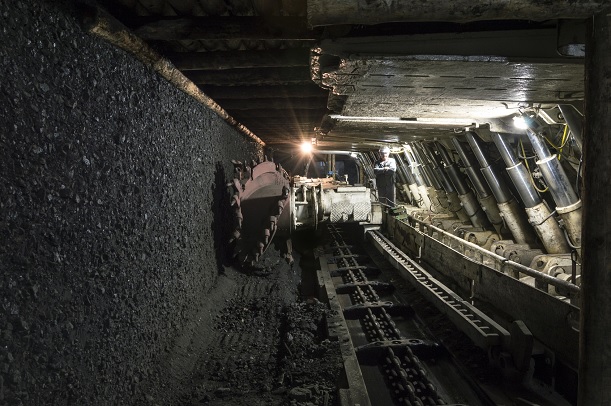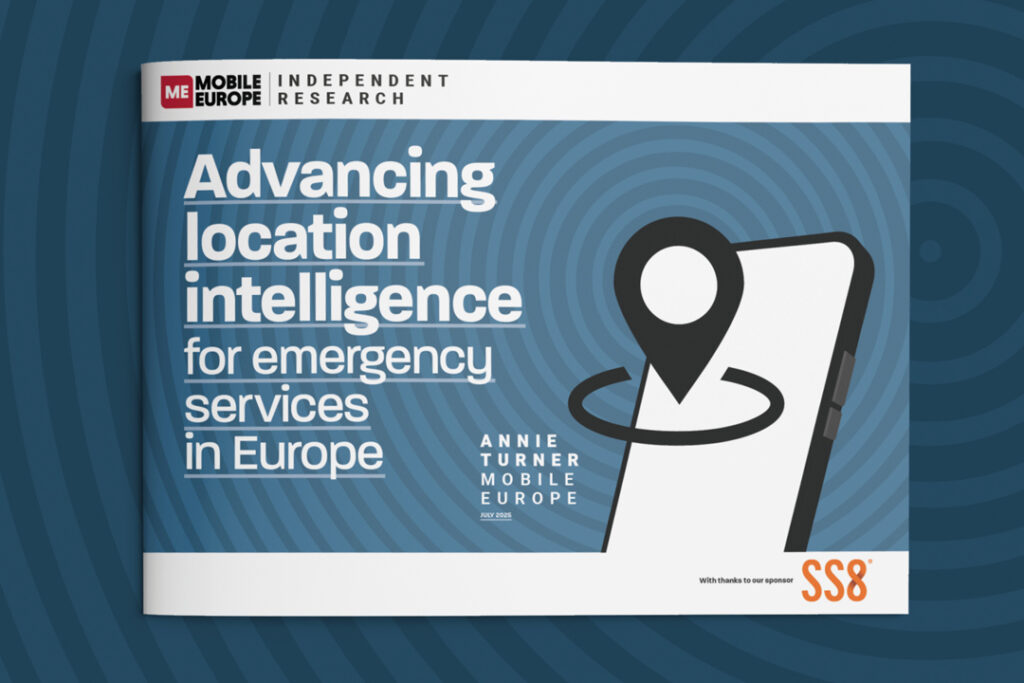Private LTE is set to outpace Wi-Fi in the mining sector as companies look to roll out underground wireless connectivity, according to new predictions.
Features such as wide coverage, carrier-grade resilience, high-data throughput and remote control will push mining companies towards LTE, ABI Research said.
At the same time, standardisation by 3GPP and advances in LTE hardware and software will make LTE more powerful and cost-friendly.
The connectivity will be used to support autonomous vehicles and equipment, as well as to improve cost efficiency and operational safety.
ABI Research also argued that LTE service providers could explore value-added services such as big data analytics, network security, and edge computing.
The analyst house claimed the sector is set to recover from low commodity pricing over the last two years, leading to improving investment sentiment.
By 2022, ABI expects private LTE in the mining sector to be worth $2.9 billion, or 1.5 percent of the total CAPEX for the sector.
Lian Jye Su, Senior Analyst at ABI Research said diminishing consumer revenues would force LTE vendors and operators to explore opportunities in industrial sectors such as mining.
While private LTE and Wi-Fi are currently being used in surface mining, Su said underground would be the next battleground, with the technology that emerges as dominant here becoming mainstream for the sector.
“Mining companies are the actual pioneers when it comes to autonomous vehicles and private LTE network deployments,” said Su, citing BHP, Fortescue and Rio Tinto as companies already running autonomous haulage and drilling.
Telia recently deployed 3G in an oil shale mine in Estonia, providing connectivity to tunnels spanning nearly 40km.
The two-year deployment project now provides voice and data as well as positioning services for employees and machinery.



